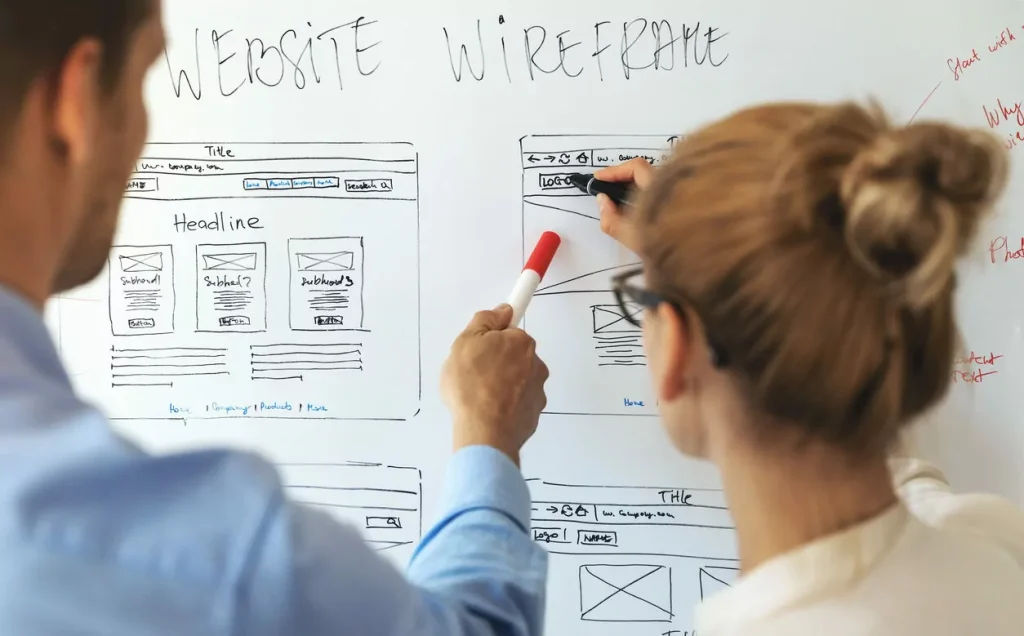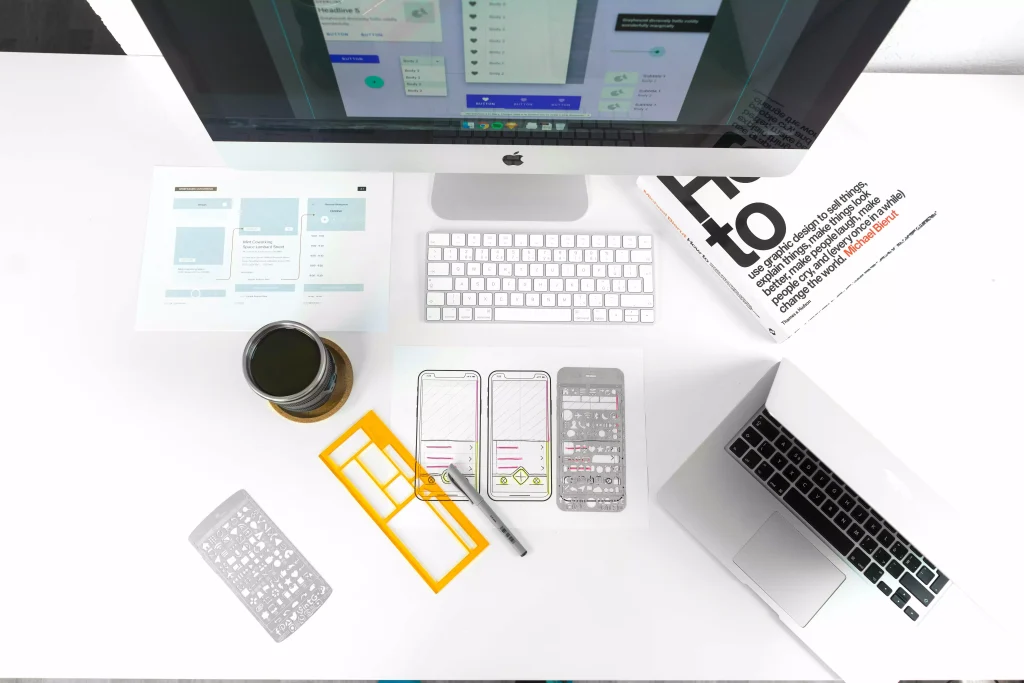How UX design increases conversions on your website
According to research conducted by major companies, UX design significantly influences the increase in conversion rates. In this article, we explain how UX design boosts conversions on your website through basic principles that have proven to be effective in practice.
Once a visitor to your website completes a predefined action, such as purchasing a product or subscribing to a newsletter, a successful conversion has been made. In other words, the user liked the presentation of your product or service and shows interest in returning.
UX stands for User Experience, which refers to the user's experience during interaction with elements of your website, such as icons, colors, fonts, buttons, animations, and more. To increase conversion rates, it is essential to create a high-quality user experience (UX design) and a functional user interface (UI design).
How UX design increases conversions on your website
According to research conducted by major companies, UX design significantly influences the increase in conversion rates. In this article, we explain how UX design boosts conversions on your website through basic principles that have proven to be effective in practice.
Once a visitor to your website completes a predefined action, such as purchasing a product or subscribing to a newsletter, a successful conversion has been made. In other words, the user liked the presentation of your product or service and shows interest in returning.
UX stands for User Experience, which refers to the user’s experience during interaction with elements of your website, such as icons, colors, fonts, buttons, animations, and more. To increase conversion rates, it is essential to create a high-quality user experience (UX design) and a functional user interface (UI design).
- Does the user understand the purpose of our product?
- Does the user understand the design that represents our product?
- Are functionalities that solve user problems readily available?
As an example, we can cite the Gmail application for reading email messages. The main purpose of this product is to read and write electronic mail. If you look carefully at this application, you will notice that users can find options to read the mail through the navigation on the left while the main CTA (Call to action) button for writing a message is positioned on the main page.
So, for a successful conversion, a simple and intuitive design that allows easy navigation through various options where the functionalities to solve the user’s problems are located is crucial.
Fairness
Quality UX design means adapting your product to a wider audience and guaranteeing that all users have the opportunity to have the same user experience. In other words, it is necessary to take into account marginalized groups of people (eg people who have low vision) when designing and provide them with access to your services.
Since creating a fair design can be challenging for many UX designers, there are some general options to consider:
- Choice of multiple languages.
- Currency selection.
- Choice of font size.
- Choice of low and high contrast themes.
By implementing the above functionalities, you will reduce the possibility of discrimination, increase the conversion rate and strengthen the brand in the market.
Visual Design
When a user enjoys using a particular product, they are essentially enjoying its design. While it is not mandatory for a product’s design to be aesthetically pleasing in order to provide adequate functionality, it is recommended to make its use enjoyable in order to enhance the user experience.
An example of this can be personalized messages that pop up when we successfully complete a lesson on an online learning platform. Carefully chosen colors paired with motivational messages can encourage users to continue using the product. Otherwise, there is a risk of losing them, even if the product has the potential to solve their problems.
The main principles of visual design that can help you increase conversions are:
- Unity – establishing a connection between page elements so that they appear connected and coherent.
- Gestalt principles – help designers to understand how people perceive objects and to create adequate UX design.
- Hierarchy – using fonts to emphasize the importance of certain elements. For example, article titles are always bolded and enlarged to highlight their importance.
- Balance – the even distribution of elements on a page so that none dominates the other.
- Contrast – emphasizing elements through differences in color to improve readability and direct the user’s attention.
- Scale – Magnifying one element relative to another to emphasize its importance.
- Dominance – Highlighting objects using different methods such as size, color, contrast or position.

Functionality
Although functionality and usability are similar, there is a significant difference between the two terms. As we emphasized earlier, usability refers to the availability of options that solve user problems and the understanding of their purpose.
On the other hand, functionality represents the actual ability of functions to perform a specific operation. In short, a good design is one that has a purpose and is made in such a way that it solves specific user problems through its functions. That’s why UX designers spend a lot of time testing products to make sure everything works as expected.

